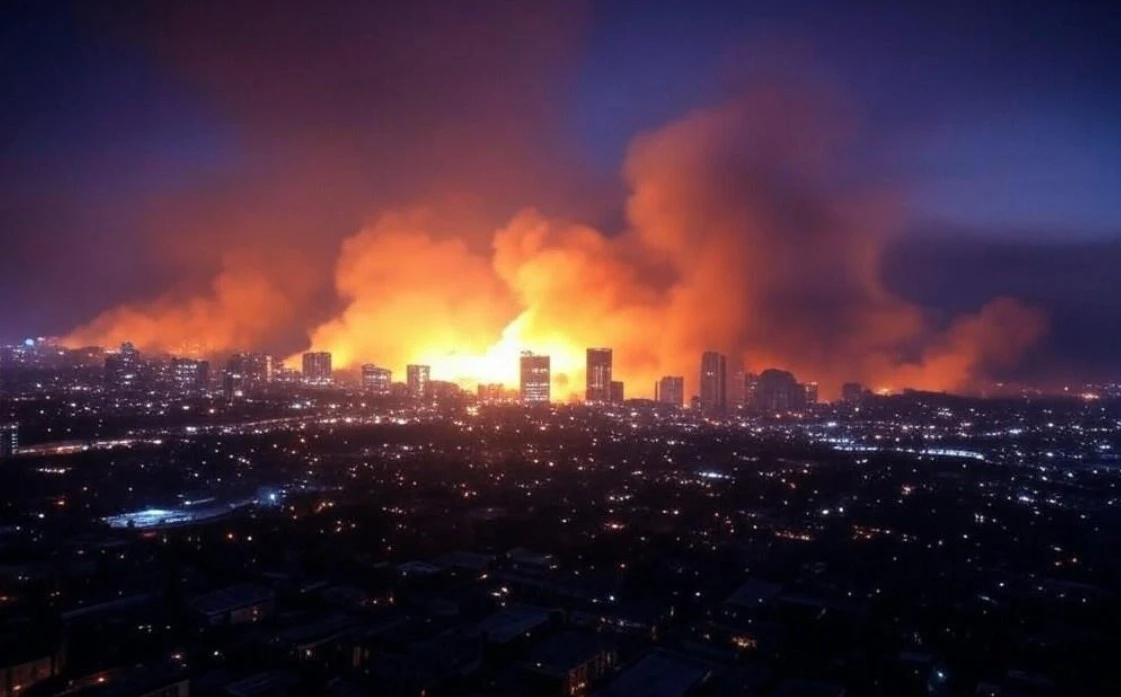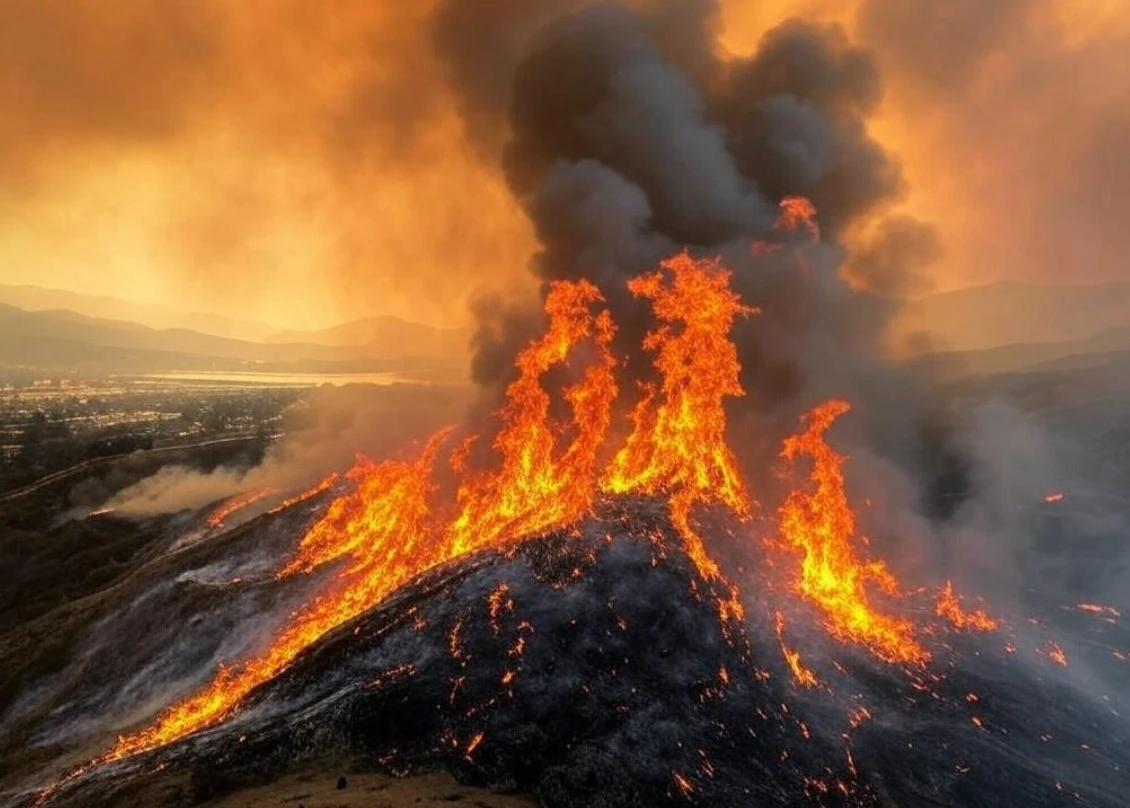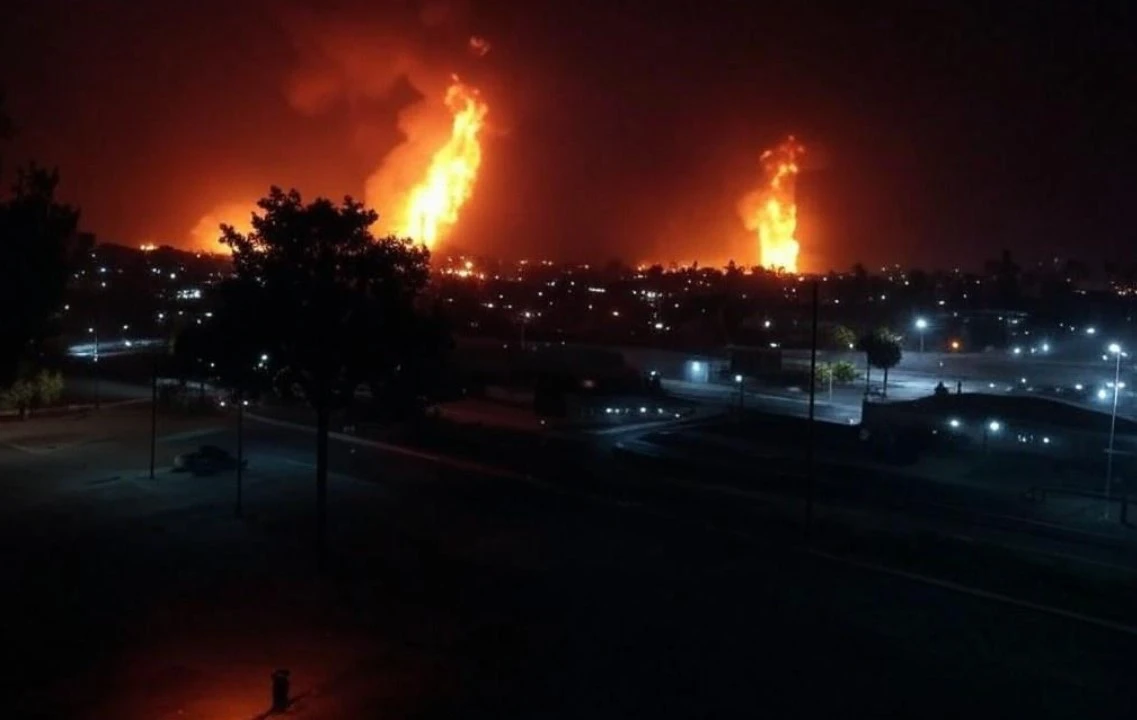Los Angeles Wildfires: Causes, Impacts, and Latest Updates
Published 01-10-2025
2111

Los Angeles Wildfires: Causes, Impacts, and Latest Updates
The Los Angeles wildfires continue to wreak havoc, claiming lives, displacing thousands, and causing widespread destruction across the region. With nearly 180,000 residents under evacuation orders and another 200,000 on high alert, the fires have left a trail of devastation. Firefighters are struggling to contain the largest blazes, while adverse weather and the long-term effects of climate change exacerbate the crisis.
Current Situation
In Los Angeles County, evacuation orders have displaced approximately 179,000 residents, with many fleeing their homes with only essential belongings. Additionally, 200,000 people remain under evacuation warnings, anticipating the need to leave at a moment's notice. Initial reports confirmed two fatalities from the Pacific Palisades fire and three from the Eaton fire, though officials later revised the Eaton fire death toll to two.
A new blaze, the Kenneth fire, ignited in the West Hills area on Thursday, leading to the arrest of a suspect for suspected arson. While the causes of the other fires remain under investigation, their collective impact has been catastrophic. Looting has surged in some evacuated areas, prompting 20 arrests, according to Los Angeles County Sheriff Robert Luna.
The Pacific Palisades fire has destroyed 5,300 structures, making it the most destructive wildfire in Los Angeles history. The Eaton fire, situated outside the city, has razed another 5,000 buildings. Among the affected are celebrities like Leighton Meester, Adam Brody, and Paris Hilton, who recently lost their homes.
Economic and Social Impact
The insurance sector projects losses exceeding $8 billion, largely due to the high-value properties in the affected areas. Disruptions continue as power outages cripple large portions of Los Angeles, and schools, including the University of California, Los Angeles (UCLA), remain closed. Traffic jams and shortages of essential services add to the chaos.
A political dispute over the city’s preparedness has also surfaced. Criticism arose after claims that firefighters experienced low water pressure, though Los Angeles County Fire Chief Anthony Marrone denied such reports. However, Pasadena Fire Chief Chad Augustin acknowledged brief water pressure issues in his jurisdiction, citing power outages and simultaneous water usage by multiple fire engines as contributing factors.
Locations of Active Fires
As of Thursday, five major wildfires are raging across the region:
- Pacific Palisades Fire: The largest and most destructive, covering nearly 20,000 acres, including affluent neighborhoods. It is only 6% contained.
- Eaton Fire: The second-largest blaze, burning almost 14,000 acres in the northern parts of Los Angeles, remains completely uncontained.
- Hurst Fire: Located north of San Fernando, this fire spans 670 acres. Efforts to contain it are progressing.
- Lidia Fire: Originating in the Acton area, it has burned 350 acres and is 60% contained.
- Kenneth Fire: A new fire on the Los Angeles-Ventura County border, covering 1,000 acres.
Previous fires like Sunset, Woodley, and Olivas have been fully contained.

Climate Change’s Role
Experts highlight the critical role of climate change in exacerbating wildfire conditions. Prolonged drought, higher temperatures, and drier air create a landscape more prone to ignition and rapid fire spread. The National Oceanic and Atmospheric Administration (NOAA) underscores that climate change has significantly heightened wildfire risks in the western United States.
California’s fire season traditionally spans May to October, but recent years have seen fires occur year-round. Governor Gavin Newsom has described the situation as an ongoing crisis rather than a seasonal phenomenon, reflecting the state’s growing vulnerability to wildfires.
Weather Outlook and Firefighting Challenges
While the fire weather outlook for Southern California has been downgraded from "extremely critical" to "critical," the situation remains dire. BBC forecaster Sarah Keith-Lucas warns that no rainfall is expected in the coming week, leaving conditions ideal for the spread of fires.
The Los Angeles wildfires represent a stark reminder of the challenges posed by climate change and urban expansion in fire-prone regions. The combined efforts of firefighters, local authorities, and affected residents are crucial in mitigating the ongoing disaster and preparing for future incidents.
Struggling with assignments?
Literary Owls is here to help! Our team of experienced professionals, affectionately called night owls, specialize in academic writing and are ready to guide you toward success in your essays, homework, and assignments. Get the support you need by contacting us today via Live Chat (bottom-right corner), email ([email protected]), or Text/WhatsApp/Telegram at +1 (628) 201 7932.




